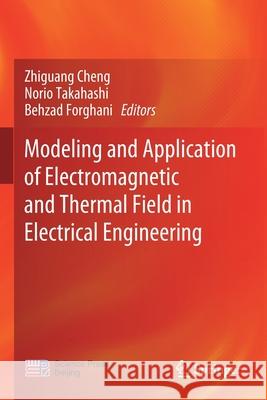Modeling and Application of Electromagnetic and Thermal Field in Electrical Engineering » książka
topmenu
Modeling and Application of Electromagnetic and Thermal Field in Electrical Engineering
ISBN-13: 9789811501753 / Angielski / Miękka / 2021 / 685 str.
Modeling and Application of Electromagnetic and Thermal Field in Electrical Engineering
ISBN-13: 9789811501753 / Angielski / Miękka / 2021 / 685 str.
cena 443,82 zł
(netto: 422,69 VAT: 5%)
Najniższa cena z 30 dni: 424,07 zł
(netto: 422,69 VAT: 5%)
Najniższa cena z 30 dni: 424,07 zł
Termin realizacji zamówienia:
ok. 22 dni roboczych
Bez gwarancji dostawy przed świętami
ok. 22 dni roboczych
Bez gwarancji dostawy przed świętami
Darmowa dostawa!
Kategorie:
Kategorie BISAC:
Wydawca:
Springer
Język:
Angielski
ISBN-13:
9789811501753
Rok wydania:
2021
Wydanie:
2020
Ilość stron:
685
Waga:
0.98 kg
Wymiary:
23.39 x 15.6 x 3.63
Oprawa:
Miękka
Wolumenów:
01
Dodatkowe informacje:
Wydanie ilustrowane











